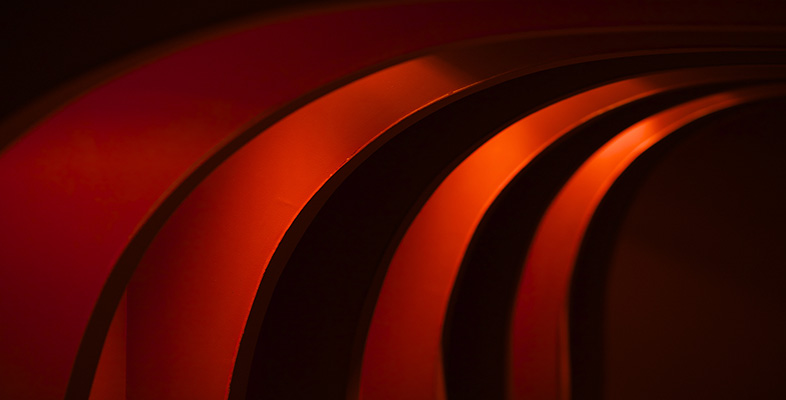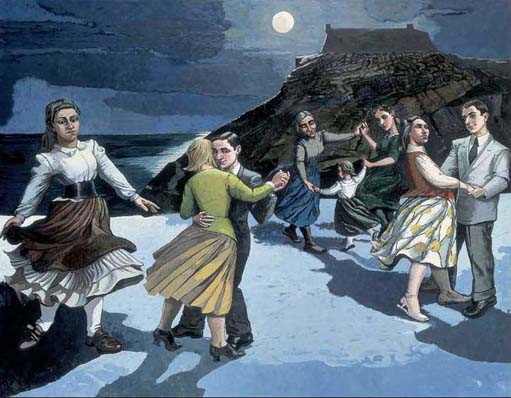3.2 Recording your feelings
Artists strive for their art works to have effects on the spectator, even though they cannot necessarily predict precisely what sort of effects these will be. Our immediate reactions to any art work are, therefore, an essential consideration when analysing that work. However, it can be very difficult to recall how we felt when we experienced a particular art work for the very first time. The more we look at something and examine it in detail, the more distanced we become from its original impact on us. For this reason, as a student of art history, it's important to record the immediate effects of any art work that you encounter. That way, you'll have evidence with which to build a more complete account of the art work, including its immediate effects, if you're asked to discuss that work in more detail.
Activity 4: Recording the effect of some Turner Prize-related art works
Take a look at Plates 2 to 14 attached below. These art works have all been created by artists who have appeared in Turner Prize shortlists. For the moment, you should ignore the titles of these works.
Look at the reproductions one at a time and for each art work note your first impressions. This could be the first word that comes into your head when looking at the art work, or the way that the art work makes you feel. Don't spend too long doing this activity, and try to avoid starting to think in depth about the subject matter of the art work, or what it might mean. For the moment, just record the immediate impact of the work by describing the effects that it has on you. Don't worry about writing complete sentences; just a word or two for each art work will be fine.
Plate 2
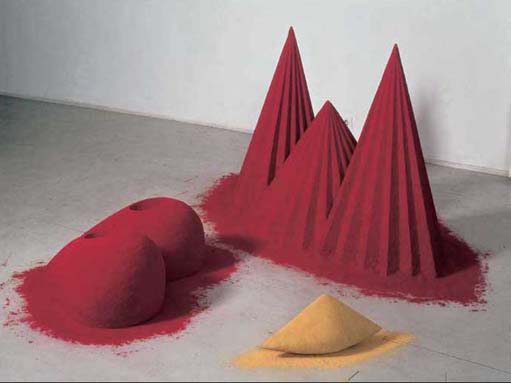
Plate 3
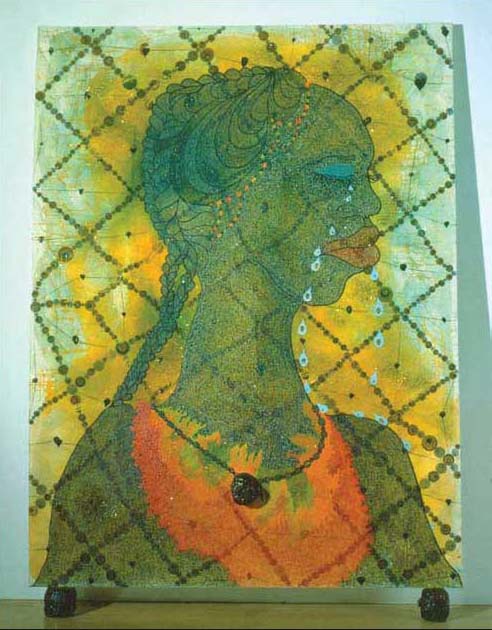
Plate 4
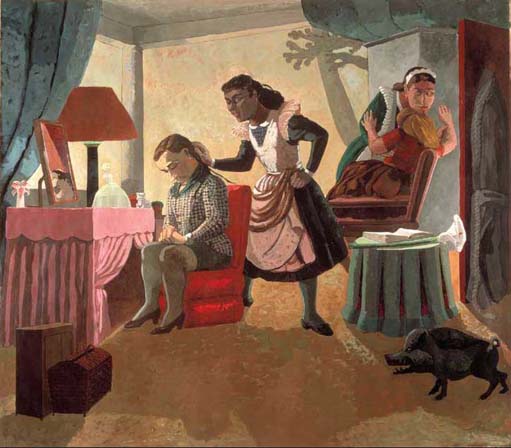
Plate 5
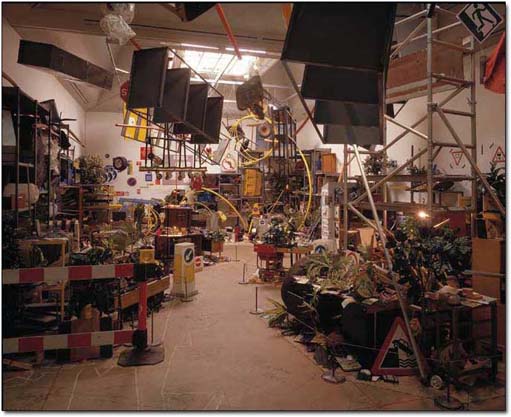
Plate 6
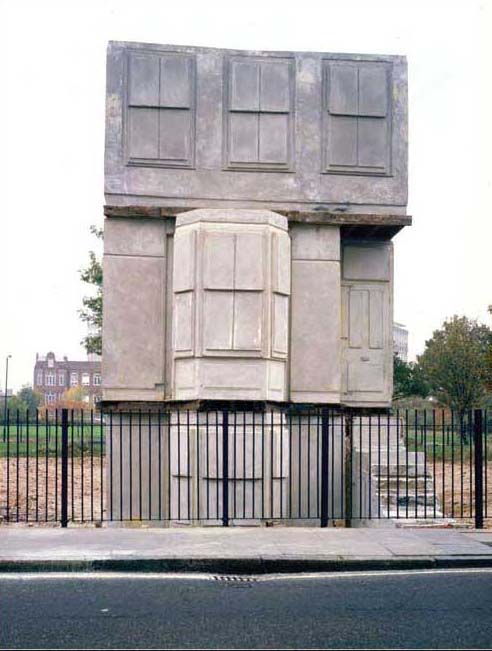
Plate 7

Plate 8
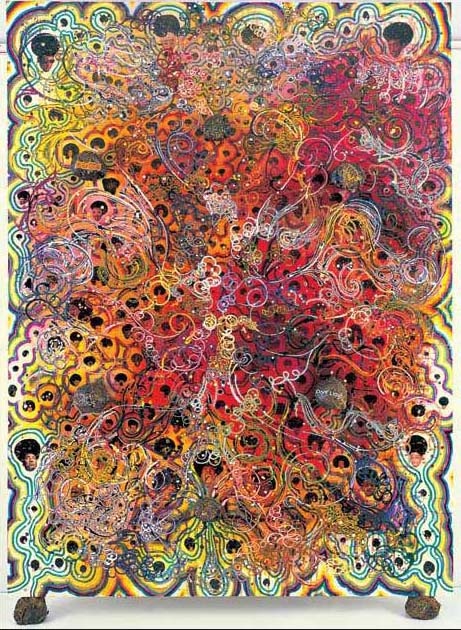
Plate 9
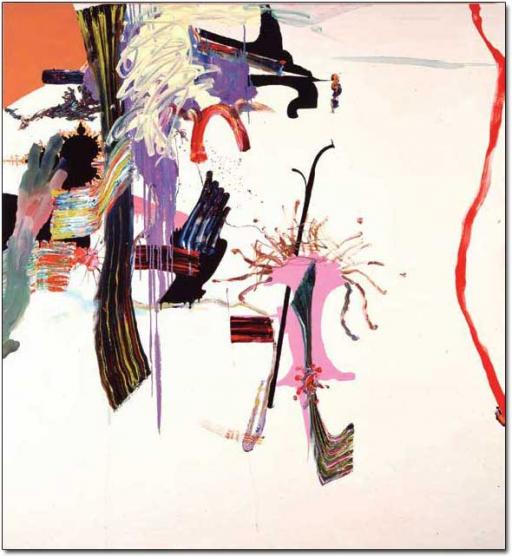
Plate 10
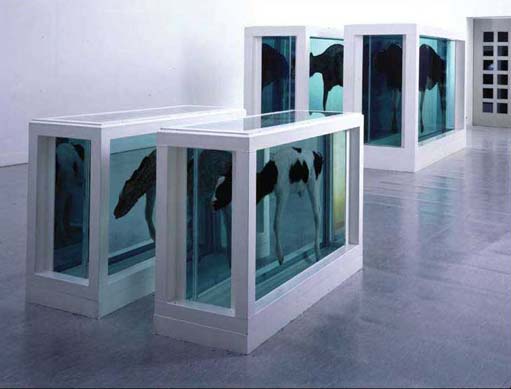
Plate 11
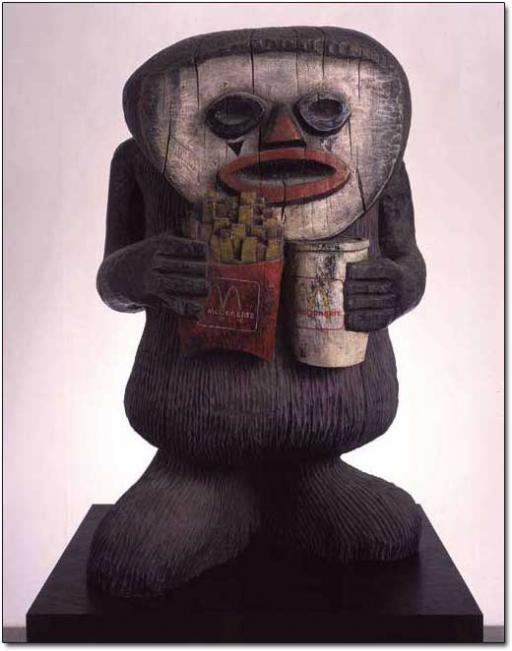
Plate 12
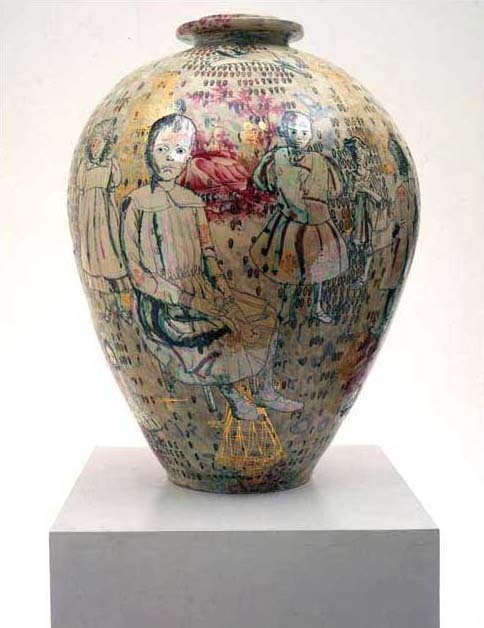
Plate 13
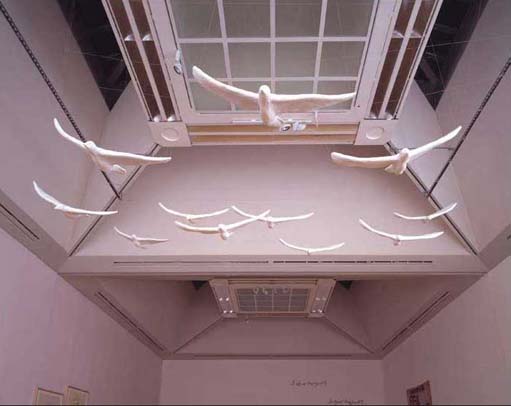
Plate 14
Discussion
What did you think? I'm sure that if everyone who studied this course compared their answers it would soon be clear that there's no right answer and that the effects that an art work has can depend on many factors. In particular, such things as your background and emotional state at the time of viewing the work can be quite important. I've recorded my own initial impressions about some of these works in Table 1 below. How do your first impressions compare with mine?
| Art work | Effects and comments |
|---|---|
| 2 | Multicoloured. Fragile. Spiky. |
| 3 | Colourful. Dignified. Sad. |
| 4 | Alice in Wonderland. Story-telling. Intriguing. |
| 5 | Messy. Confusing. |
| 6 | Bland. Concrete. |
| 7 | Bright. Photographic. Joyous. |
| 8 | Colourful and complex. Dizzy. Flowing. Psychedelic. |
| 9 | Basic. Confusing. Splodges. |
| 10 | Repulsive. Dissections. Sad. |
| 11 | Cute. Sturdy. |
| 12 | Intriguing. Delicate. |
| 13 | Wistful. Flimsy. |
| 14 | Calm. Rhythmical. |
You'll be revisiting many of these works later in order to think about whether your feelings change as you learn more about them. However, the main focus of your study will be:
Chris Ofili's No Woman No Cry (Plate 3)
Paula Rego's The Maids (Plate 4)
Tracey Emin's The Perfect Place to Grow (Plate 16).
As references to these plates are made, please make sure that you look at them to confirm what is being said about these art works. Just as with poetry, regular and detailed reference to the text is essential.
As you work through this course you'll use each point of the Study Diamond to help you to gather evidence about these art works. This will allow you to gradually build a well argued analysis of what you think these art works mean and what their significance is. With this task in mind, you should now allocate a separate section of your notes (perhaps using a fresh page) to each of the three art works. Put the art work title and the artist's name at the top of each page and for The Maids and No Woman No Cry, write down your first impressions of the works, as recorded in Activity 4.
